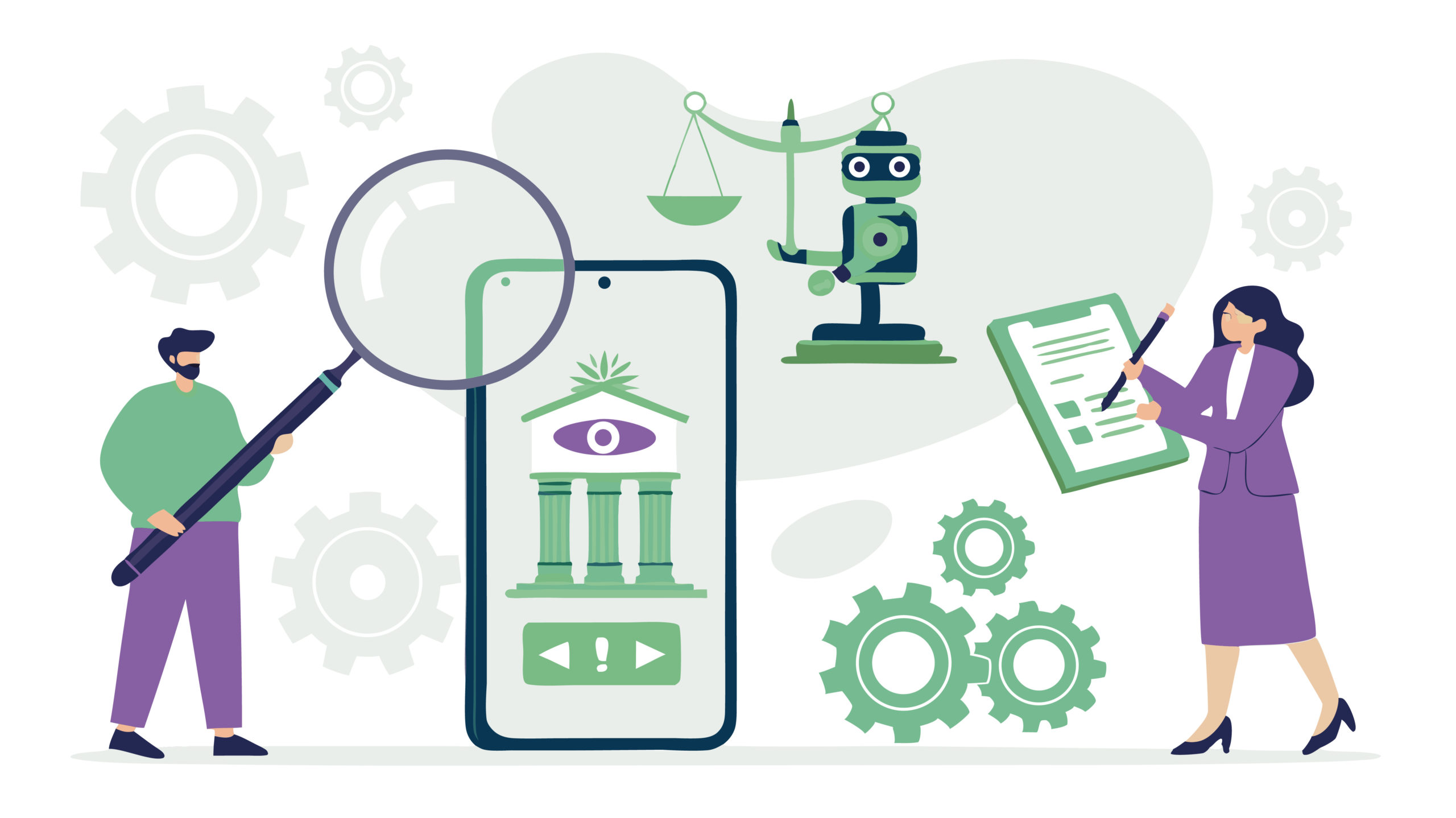Access to the Internet and Social Justice: Bridging the Digital Divide
In this blog post, which is part of NORRAG’s blog series on “AI and the Digitalisation of Education: Challenges and Opportunities”,Fatima Oufquer advocates for inclusive digital policies to ensure that marginalized communities are not left behind in the digital era.
The rapid evolution of information and communication technologies (ICTs) over the past few decades has profoundly reshaped societies worldwide. These technological transformations extend far beyond hardware and software; they have redefined the ways in which individuals learn, work, communicate, and engage with governance systems. While ICTs have unlocked unprecedented opportunities for innovation, participation, and development, they have simultaneously deepened existing inequalities and given rise to new ones—most notably, the digital divide (Norris, 2001; van Dijk, 2005).
Access to the internet today represents a fundamental enabler of inclusion and empowerment. It is essential for accessing information, participating in education, engaging with civic life, and contributing to the digital economy (Warschauer, 2003). However, the benefits of digital connectivity remain unevenly distributed. Significant disparities persist between urban and rural areas, across socio-economic classes, and among gender and age groups. This persistent inequality—commonly referred to as the digital divide—serves to entrench broader patterns of social and economic marginalization.
The digital divide is not merely a technological issue; it is deeply embedded in structural inequities. Individuals without adequate digital access are often excluded from educational opportunities, labor markets, healthcare systems, and public services that increasingly rely on online platforms. The COVID-19 pandemic starkly exposed these vulnerabilities (UNESCO, 2023). While digitally connected populations managed to transition to remote work and online education, millions were left behind due to lack of devices, internet infrastructure, or digital literacy (UNESCO, 2020). This divide had profound effects on students from disadvantaged backgrounds, whose disrupted education is likely to have long-term implications for their personal and professional development.
Internet access, therefore, is a critical lever for achieving social justice. Recognizing it as a basic human right is essential. Just as access to healthcare, education, and housing are protected rights, so too should be equitable access to digital infrastructure, resources, and skills. Social inclusion in the 21st century is inseparable from digital inclusion (ITU, 2021).
Beyond education, internet access plays a growing role in shaping employment opportunities. Remote work, freelancing, and digital entrepreneurship have become viable paths to economic participation (Pew Research Center, 2019). Yet these opportunities are not universally accessible. Without reliable connectivity and foundational digital competencies, individuals are systematically excluded from emerging forms of employment and income generation. Consequently, the digital divide reinforces economic inequality and contributes to social stratification (van Dijk, 2005).
Governments around the world are also accelerating the digital transformation of public services, relying on digital platforms for tax filing, health appointments, social benefits, and civic engagement (Kenya Data Protection Act, 2019). However, this shift may inadvertently exclude populations lacking the tools or knowledge to navigate these systems. Digital governance, if not inclusive by design, risks becoming a vector of exclusion rather than empowerment.
Bridging the digital divide requires a multidimensional approach. Infrastructure development is foundational—high-speed internet must be made available and affordable in underserved regions (ITU, 2021). Equally important is the provision of devices and platforms that are both accessible and user-friendly. However, infrastructure alone is insufficient. Digital literacy must be promoted as a core component of lifelong learning policies, targeting all age groups and social segments (UNESCO, 2020). Furthermore, public-private partnerships can play a crucial role in delivering training, support, and resources to marginalized communities (World Bank, 2020). Legal and regulatory frameworks must also be established to ensure data protection, online security, and equitable platform governance.
In addition, cultural and linguistic considerations must not be overlooked. Digital exclusion is not only shaped by income and geography but also by gender norms, cultural restrictions, and language barriers (Warschauer, 2003). Women in certain societies, for example, may face social limitations on digital participation, while speakers of minority languages may find little or no online content in their native tongues. Addressing these issues requires inclusive policy design that respects and incorporates cultural diversity and linguistic plurality.
Ultimately, digital access is no longer a matter of luxury or convenience. It is a prerequisite for full participation in contemporary life. In an era where nearly every dimension of human development is mediated by technology, ensuring equitable access to the internet is essential to advancing social justice. Bridging the digital divide must be recognized as both a human rights imperative and a developmental necessity. Only by placing digital inclusion at the heart of policy agendas can societies hope to build fairer, more resilient, and more inclusive futures.
The Author
Fatima Oufquer is a philosophy teacher and researcher in the field of humanities based in Morocco.

